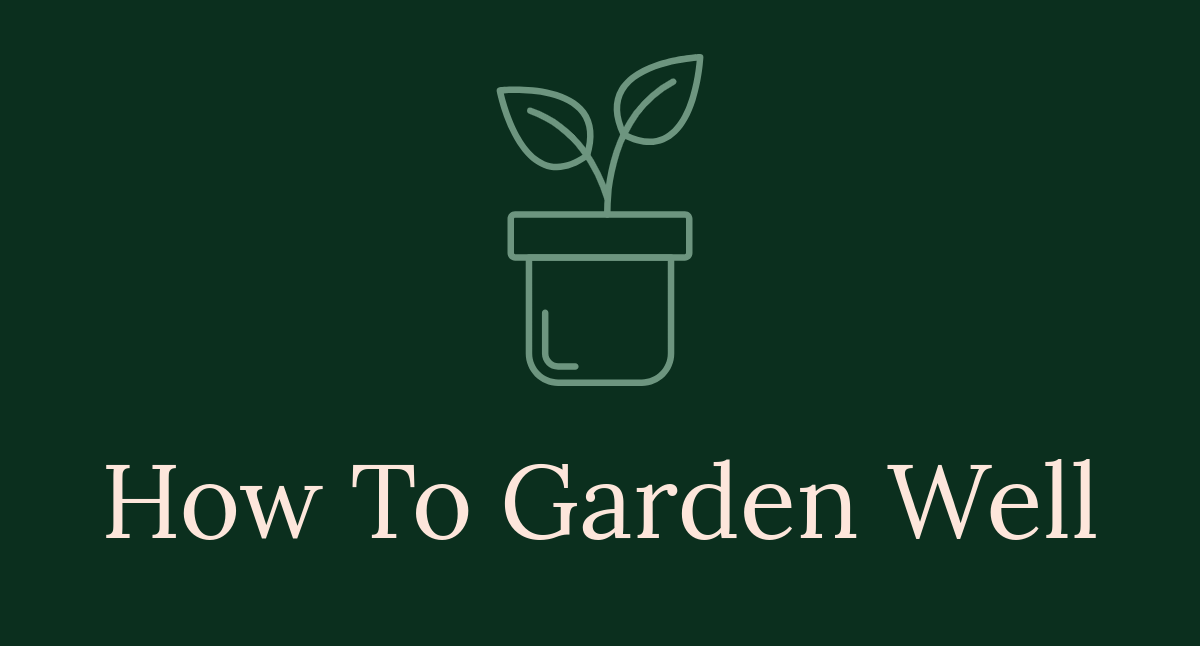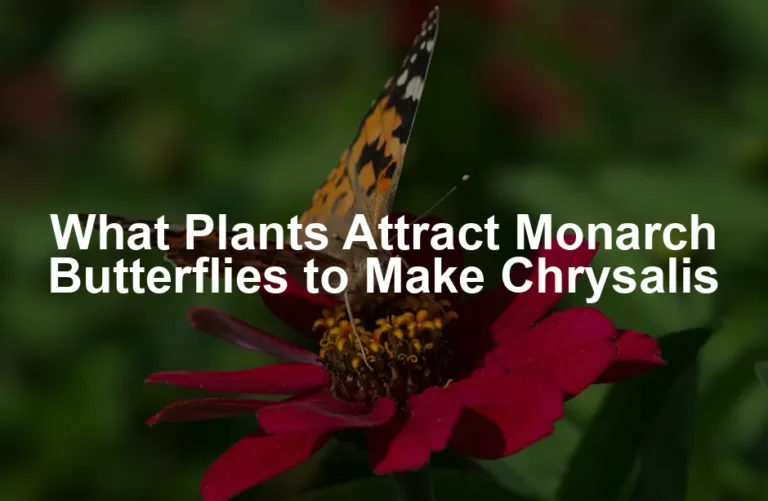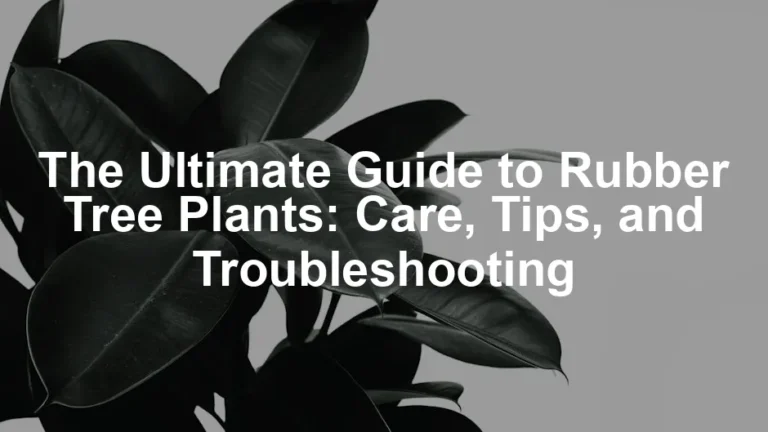

A Comprehensive Guide to Hosta Plants: Care, Varieties, and Benefits
Introduction
Hosta plants are beloved choices for gardens. They offer stunning foliage and require little maintenance. This article aims to provide you with detailed insights into hosta plants, covering their unique characteristics and essential care tips.
Summary and Overview
Hostas are perennial plants, gaining popularity for their lush foliage and adaptability. They come in a wide range of sizes, colors, and leaf shapes, making them perfect for various garden designs. Adding hostas can significantly enhance your garden’s aesthetics while being low-maintenance.
Incorporating hostas into your landscape offers numerous benefits. They thrive in shaded areas, providing vibrant greenery where other plants may struggle. Additionally, hostas are known for their hardiness, making them a great choice for novice gardeners.
This article will cover the different types of hostas, their ideal growing conditions, care tips, and how to address common issues. Whether you’re a beginner or an experienced gardener, understanding hostas can transform your garden into a beautiful retreat.

Choosing Hostas
Understanding Hosta Varieties
Hostas are truly versatile plants, with over 7,000 known varieties. They come in various types, including miniature, large, and variegated. Miniature hostas, like ‘Blue Mouse Ears’, are perfect for small gardens or container arrangements. In contrast, large hostas can create a dramatic focal point in any landscape.
Color variations range from deep greens to vibrant yellows and blues. Variegated hostas add extra flair with their striking leaf patterns. When selecting hostas, consider your garden’s overall design and your personal preferences. Do you prefer a subtle look or a bold statement? Matching hostas to your garden’s conditions is crucial. For example, choose shade-loving varieties for darker spots or those that enjoy some sunlight for brighter areas.
Explore local nurseries or online plant shops to find the perfect hosta that fits your style and space. For your gardening needs, don’t forget to check out Garden Pruning Shears for perfect cuts and maintenance!
Growing Conditions
Hostas thrive in specific growing conditions. They prefer moist, well-draining soil that retains some moisture. Ideal locations include shaded areas, though some can tolerate partial sun. Light shade is perfect for blue-leaved hostas, while yellow varieties enjoy a bit more sun.
When planting, consider whether to place hostas in garden beds or containers. In containers, ensure consistent moisture and check for adequate drainage. Interestingly, hostas are drought-tolerant once established, needing less water than many other plants.
Before planting, assess your garden conditions. This will help you choose the right hostas for a thriving garden environment. And while you’re at it, why not grab a Soil Moisture Meter to keep your plants hydrated without the guesswork!

Planting Hostas
Best Practices for Planting
Planting hostas can be a rewarding experience. The best times for planting are spring and fall. Spring planting allows roots to establish before summer heat. Fall planting gives hostas a head start for spring growth.
Start by preparing your soil. Hostas thrive in moist, well-draining soil. Mix in organic matter, like compost, to improve soil quality. This step is crucial for strong growth.
When it comes to spacing, place hostas 2 to 3 feet apart. This distance allows for their average growth rate of about 1 to 3 feet in height and width. Avoid overcrowding, as it can lead to poor air circulation and disease.
As you plan your garden layout, consider these factors. By following these best practices, you’ll set your hostas up for success. So, grab your gardening tools and start planning your hosta haven! And for a smooth experience, a Garden Kneeler and Seat can save your knees while you dig!
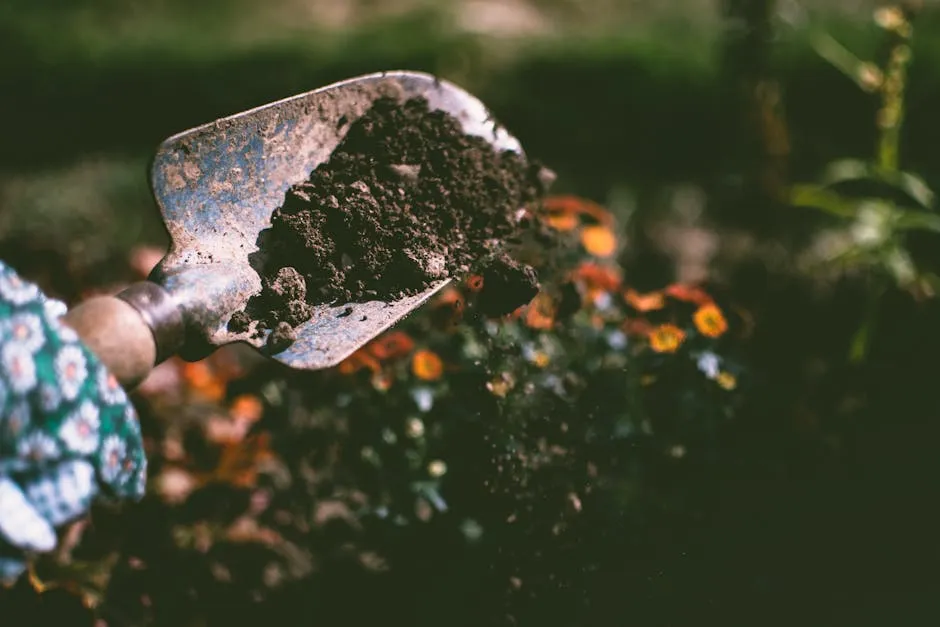
Caring for Hostas
Watering and Fertilizing
Hostas require consistent watering to thrive. Aim for about 1 inch of water weekly, especially during dry spells. This keeps their leaves lush and vibrant. During hot summer months, you may need to increase this frequency.
Fertilize hostas in early spring with a balanced slow-release fertilizer. This helps promote healthy growth and vibrant foliage. Organic options, like fish emulsion, are also effective and environmentally friendly. For a top-notch option, check out Organic Fish Emulsion Fertilizer for a natural boost!
Watch for signs of nutrient deficiency, such as yellowing leaves. If you notice this, it might be time to boost your fertilizing routine.
For a recommended product, try the “Miracle-Gro Shake ‘n Feed Plant Food” for hostas. It’s an excellent choice to ensure your plants stay healthy and strong. Happy gardening!
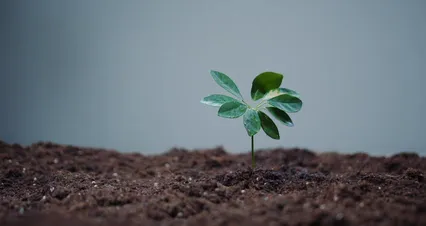
Pruning and Maintenance
To keep your hostas healthy, regular maintenance is essential. Prune hostas in early spring before new growth appears. Trim any dead or damaged leaves to encourage fresh, vibrant foliage. Deadheading spent flowers helps the plant conserve energy for growth rather than seed production.
Pests can be a challenge for hostas. Slugs and snails are the most common culprits, affecting nearly 50% of hosta plants. To manage these pests, consider using organic methods like beer traps or diatomaceous earth. These treatments are effective and safe for your garden. For an easy solution, grab a Diatomaceous Earth Pest Control to keep those slimy invaders away!
Watch for signs of diseases such as crown rot and leaf spot. Crown rot appears as wilting leaves and mushy roots, while leaf spot manifests as dark patches on the leaves. Prevent these issues by ensuring proper drainage and avoiding overcrowding. Healthy hostas thrive in well-drained soil with adequate spacing.
Overall, maintaining your hostas through pruning and pest control ensures they remain a beautiful addition to your garden. For the best results, opt for organic pest control methods to protect your plants and the environment.

Common Problems and Solutions
Pests and Diseases
Hostas can face a few common pests and diseases that require attention. One major threat comes from slugs and snails. These slimy creatures can ravage your hostas, causing unsightly holes in the leaves. To control them, consider using organic methods. Beer traps are effective; simply bury a container filled with beer in the soil. The slugs are attracted to the smell and will drown. Alternatively, sprinkle diatomaceous earth around your plants. This natural powder is harmless to pets but lethal to soft-bodied pests.
Diseases like crown rot and leaf spot can also affect hostas. Crown rot often shows up as wilting leaves and mushy roots. It typically arises from overly wet soil. To prevent this, ensure proper drainage and avoid crowding your hostas. Leaf spot, characterized by dark patches on leaves, can be managed with good air circulation and regular watering at the base of the plant.
Statistics show that nearly 30% of hostas may experience some form of disease annually. Regular checks can help catch these issues early. Keep an eye on your plants for signs of trouble, and you’ll maintain a healthy garden! Also, consider using a Garden Sprayer for effective treatment of any pest problems!
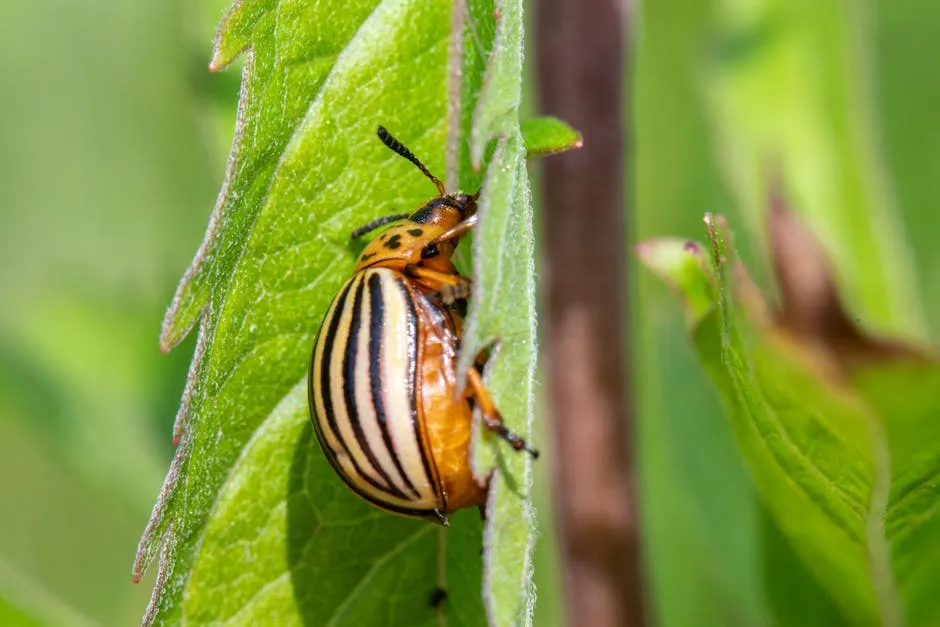
Conclusion
In summary, hostas are fantastic additions to any garden. Their lush foliage brings beauty, while their low-maintenance nature makes them perfect for all gardeners. By understanding common issues like pests and diseases, you can ensure your hostas thrive.
Consider adding these versatile plants to your garden for stunning results. With proper care and attention, hostas can flourish, enhancing your outdoor space beautifully. And don’t forget to check out some Garden Decor Statues to add a whimsical touch to your space!
Please let us know what you think about our content by leaving a comment down below!
Thank you for reading till here 🙂
All images from Pexels
